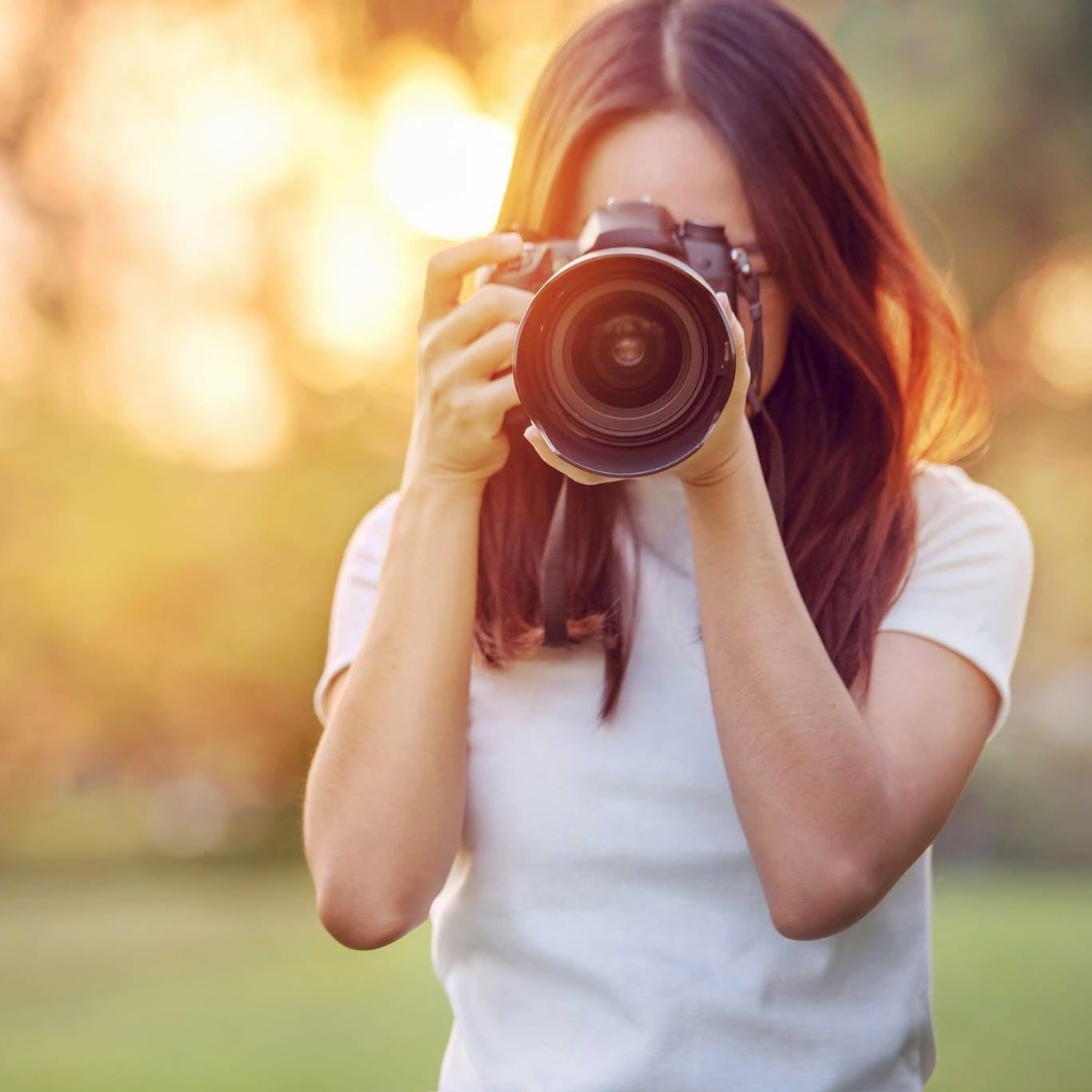13 Tips for Stunning Waterfall Photography
- Jennifer Costello

- Feb 28, 2022
- 4 min read
Here in the PNW there is no shortage of incredible waterfalls. Waterfalls are majestic and serene, but photographing them in a way that captures their beauty can be a challenge. There are many factors to consider, but when it all comes together the final image is a very rewarding accomplishment. Below are the tips and techniques we cover in the Portland Photo Tour Workshop during the Columbia River Gorge portion of the weekend:

1. Slow Shutter Speed - The trick to creating the glassy, dreamy looking water is a slow shutter speed. I like a really silky looking waterfall, so my shutter speed is very long, typically around 30 seconds.

2. Tripod - With a long shutter speed, a tripod is necessary. The tripod stabilizes the camera while the shutter is open. The water passes through the frame and becomes blurred while all the other elements in the image remain still and are therefore sharp.

3. Lowest ISO - Because you are using a tripod and a long shutter speed to let in the light you need, you don't have to raise your ISO for the exposure. You can keep it low, typically around 100 ISO which reduces the noise in your image.

4. Depth of Field - You can open up your aperture in order to accomplish a shallow depth of field, but if you are trying to get everything in focus in your image, I recommend around F11. It is closed down enough to get most of what's in your frame in focus without closing down to aperture settings such as F16 or higher which tend to lose their crispness.

5. Neutral Density Filter - A neutral density filter will cut the light traveling through the lens, allowing for a longer shutter speed and more time for the water to travel through the frame resulting in the silky look. Since I like a 30 second exposure, I use a 10 stop ND filter, but they are also available in 3 or 6 stops. To learn more about ND filters read my blog post about Why I Prefer ND Filters.

6. Exposure - The key is to not overexpose the water, which in easy to do. Look for an exposure that makes the water as bright as it can be without losing detail. Often the rest of the image will be dark and detail will be lost in the shadows. Be sure to shoot in RAW and lift the shadows in post production.

7. Lighting - Very often you'll find waterfalls in heavy shade and flat lighting. Midday there could be unflattering highlights on the water. Be sure to check out waterfalls at sunrise and sunset for soft, warm highlights. Again, don't overexpose the highlight and lift the shadows in post production.

8. Cable Release - Because the shutter speed is so long, just your hand pressing the shutter release button, can cause camera shake, resulting in an image that isn't sharp. A cable release allows you to trigger the release without having your hand on the camera. You can also set a self timer to 2 seconds which gives you just enough time to remove your hand from the camera and let the camera settle before the shutter opens.

9. Composition - Thinking outside of the box is important with waterfall photography. Chances are its been photographed many times before. How can you make your image different? Move around the scene as much as possible before committing to an angle. Maybe the lighting is better from the other side or the background is less distracting. Try getting down very low or up high. Making sure your image has a foreground, midground and background can create dimension and add interest.

10. Lens Selection - Typically you will want a wide angle lens. The wider the better. It's often not possible to back up far enough to capture the entire waterfall without a wide angle lens. Although, a telephoto lens can be very useful in capturing interesting parts of the waterfall or creating abstract images and detail shots.

11. Focal Point - Where to put the focal point is a common question. If you would like the entire scene in focus, you can set your lens to manual focus and move the focal ring to the infinity symbol. If your lens does not have an infinity symbol, try manually focusing two thirds of the way into the frame.

12. Lens Cloth - A small item, but extremely important in waterfall photography. There may be spray from the waterfall hitting your lens. Often I will have to wipe the glass between every shot. So make sure you have a few dry lens cloths before you head out!

13. White Balance - We have all seen the waterfall images where the water looks blue. This is a matter of adjusting the white balance. Waterfalls are often in cool lighting, so add warmth to your image in order to eliminate the blue color cast. If you are shooting RAW, this can be done in camera or in post production.

Happy Shooting!
~ Jennifer Costello

Comments